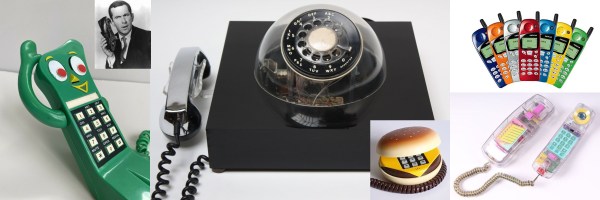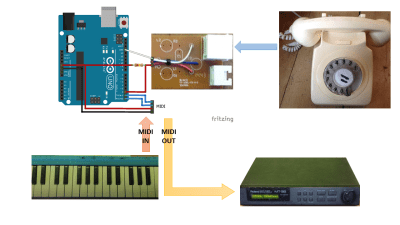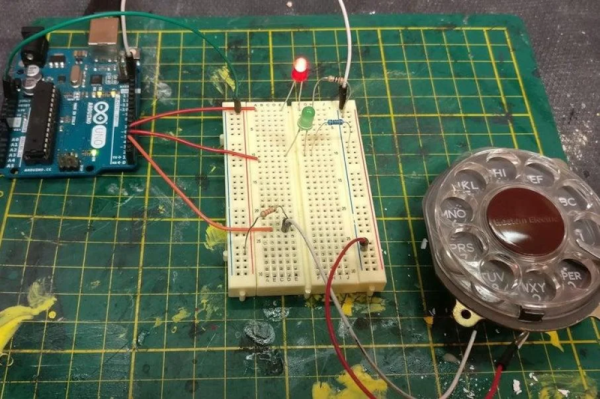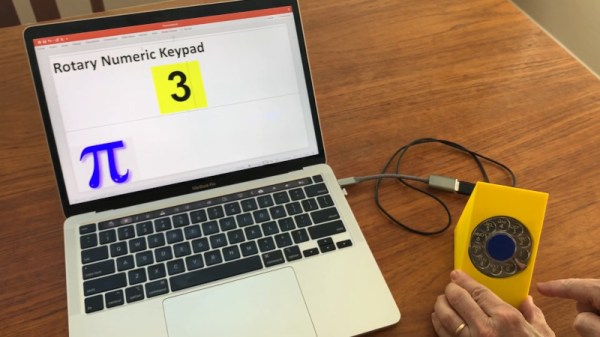We know the pandemic has screwed with a lot of people’s sense of time, but we doubled checked, and it has indeed been more than two years since the Internet first laid eyes upon the incredible rotary cell phone put together by [Justine Haupt]. We’re happy to report that not only has she continued to develop and improve the phone since the last time it made the rounds, but that the kits for this open source marvel are currently available for preorder.
A lot has happened since this phone last graced the pages of Hackaday. For one thing, it’s now officially known as the Rotary Un-Smartphone. [Justine] has also spun up a small company for the express purposes of putting these kits into production, which clearly speaks to just how much attention the project picked up in mainstream circles.
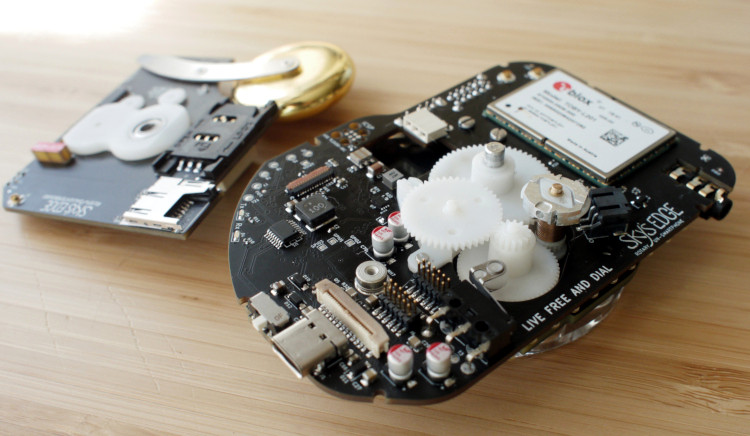
In terms of hardware, while the phone might look more or less the same externally, [Justine] says that there’s not a single unchanged component from the previous version. The 3D printed case has given way to a beautiful injection molded enclosure offered in several retro colors, and the rather incongruous rubber ducky antenna has been replaced with an articulated aerial that serves as a kickstand.
Speaking of reception, the original 3G cellular modem has been upgraded to a LTE-compatible model from uBlox, so it should still get a signal for a decade or so before your carrier kicks it off the network. When ordering the kit you can choose between a global version using the TOBY-R200 modem, or a North American variant with the TOBY-R202.
Even the user interface has been spruced up — while the previous model featured a simple LED indicator on the front to show when you were in a call, the new version features an OLED display that will show you the currently dialed number as well as status information such as battery life and signal strength. Some may be disappointed to hear that the authentic Western Electric model 10A rotary dial has been deleted in favor of a custom designed mechanism that uses all modern components, but we can certainly understand why the change had to be made from a production standpoint.
Continue reading “The Open Source Rotary Cell Phone, Two Years Later”


